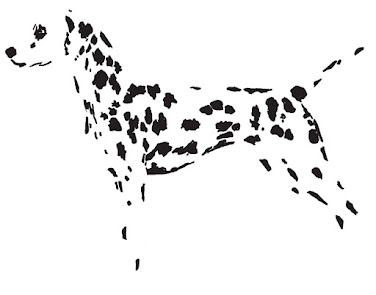Digital Photography & Imaging | Week 6
Digital Photography & Imaging
Jesslyn Octavia Tjong | 0374562
WEEK 6 | November 1 2024
Lecture of the Day | POSTER DESIGN
The fundamental principles of design are: Emphasis, Balance and Alignment, Contrast, Repetition, Proportion, Movement, and White Space which are shown below based on the order.
emphasis
balance
contrast
Contrast is how the design comes away from the page and sticks in your memory.
Contrast creates space and differences between elements in a design. The background needs to be significantly different from the color of your elements so they all can work harmoniously together and are readable.
repetition
Even with just two strong typefaces or three strong colors, there'll be a repetitive design which is a good aspect because it unifies and strengthens a design.
For example, if only one element on your band poster is in blue italic sans-serif, it can read like an error. If three things are in blue italic sans-serif, the blue italic-serif becomes a motif and the designer is back in control of the design.
proportion
Proportion is the visual size and weight of elements in a composition and how they relate to each other. It often helps to approach your design in sections, instead of as a whole.
movement
Movement is the control in a composition. It leads the reader's eye to know the direction from one to the next element and makes sure the information is properly communicated to your audience. Movement creates the story or the narrative of your work.
White Space
White space (or negative space) is exactly that—the empty page around the elements in your composition. It often simply giving a composition more room to breathe can upgrade it from mediocre to successful.







Comments
Post a Comment